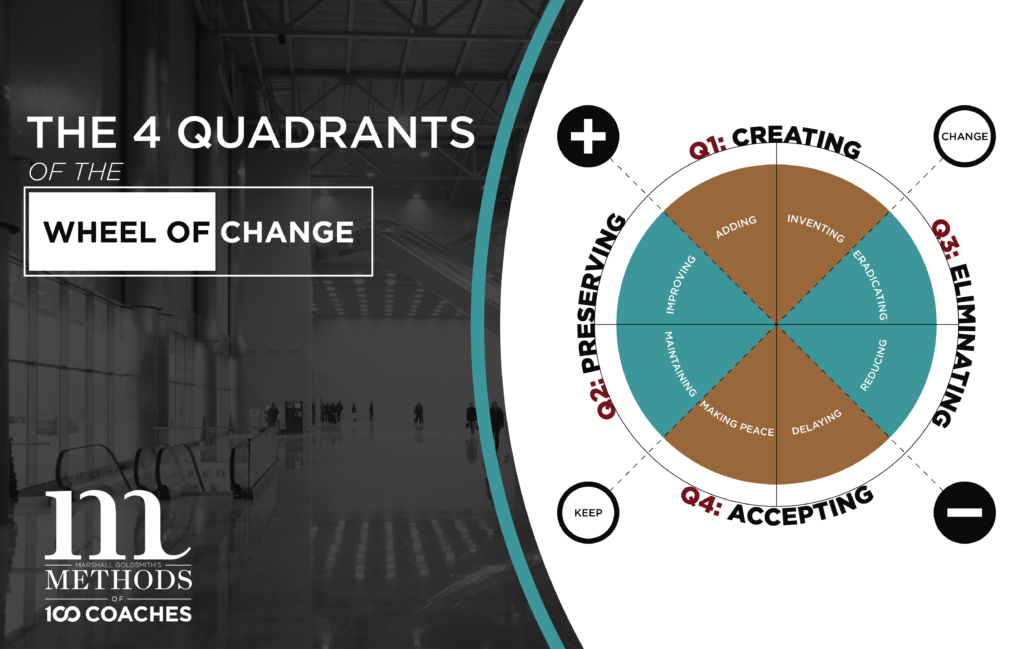Utilizing the Wheel of Change Model Helps Long Term Behavior Change
Utilizing the Wheel of Change Model Helps Long Term Behavior Change
The Wheel of Change is one of the most helpful tools that Marshall has ever found to help people make long-term behavior change.
A behavioral trigger is any stimulus that impacts behavior.
Triggers are not inherently “good” or “bad.”
What matters is our response to them. This may be the greatest payoff of identifying and defining our triggers: no matter how extreme the circumstances are when it comes to our behavior, we always have a choice!
In order to understand a problem you not only have to admit there is one, but you also have to appreciate all the options you have at your disposal. When it comes to behavioral change, we have plenty of options.
The wheel of change is a great way to look at planning your life.
You can use it with individuals and you can use it with teams.
We can look at two dimensions. One is a keep or change and the other is positive or negative, and if we look at the wheel of change, we’re going to see four quadrants.


Who is that new you want to create in the future?
What is it about the old you want to preserve?
What is it about the new you you want to get rid of? What do you need to unload? Perhaps those areas of over-commitment.
Now you might say accepting negative, keep. That doesn’t make a lot of sense. Why would you keep anything that’s negative? Well, we can’t change everything in life.
If you are looking at making long-term behavior change in any part of your life, whether it be personal or career, get coached by Marshall Goldsmith himself! Get access to Marshall’s Methods of Behavior Change course and learn from him directly through interactive questions and easy-to-implement tips.